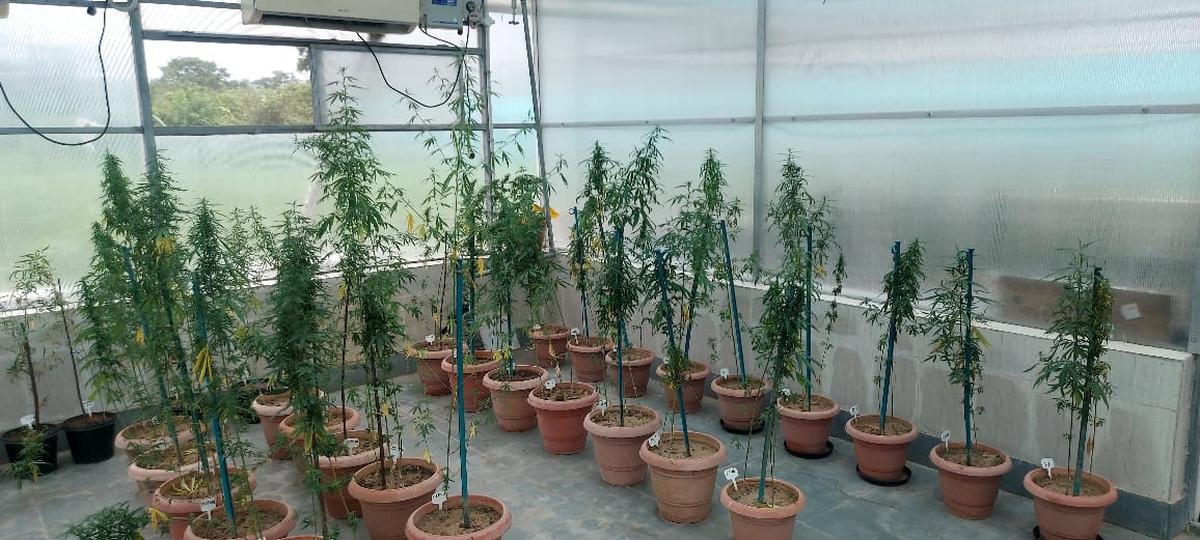Scientists at CSIR-Indian Institute of Integrative Medicine (IIIM), Jammu, have found that tetrahydrocannabidiol (THCBD) which is phytocannabinoids, a class of compounds found in the cannabis plant, possess some hitherto unexplored antibiotic properties.
About Phytocannabinoids:
- Cannabinoids are a class of compounds found in the cannabis plant.
- The prefix ‘phyto’ in phytocannabinoid means it comes from a plant.
- Cannabinoids bind to receptors in the bodies of animals to produce a variety of neurological effects.
- The researchers extracted cannabidiol from a cannabis plant and made it react with hydrogen, using palladium as a catalyst.
- This process yielded a mixture of molecules with the same composition and order of atoms but different structures. One of them was THCBD.
Key facts about Antimicrobial resistance (AMR)
- Antimicrobial resistance (AMR) is one of the top global public health and development threats. It is estimated that bacterial AMR was directly responsible for 1.27 million global deaths in 2019 and contributed to 4.95 million deaths.
- The misuse and overuse of antimicrobials in humans, animals and plants are the main drivers in the development of drug-resistant pathogens.
- AMR affects countries in all regions and at all income levels. Its drivers and consequences are exacerbated by poverty and inequality, and low- and middle-income countries are most affected.
- AMR puts many of the gains of modern medicine at risk. It makes infections harder to treat and makes other medical procedures and treatments – such as surgery, caesarean sections and cancer chemotherapy – much riskier.




